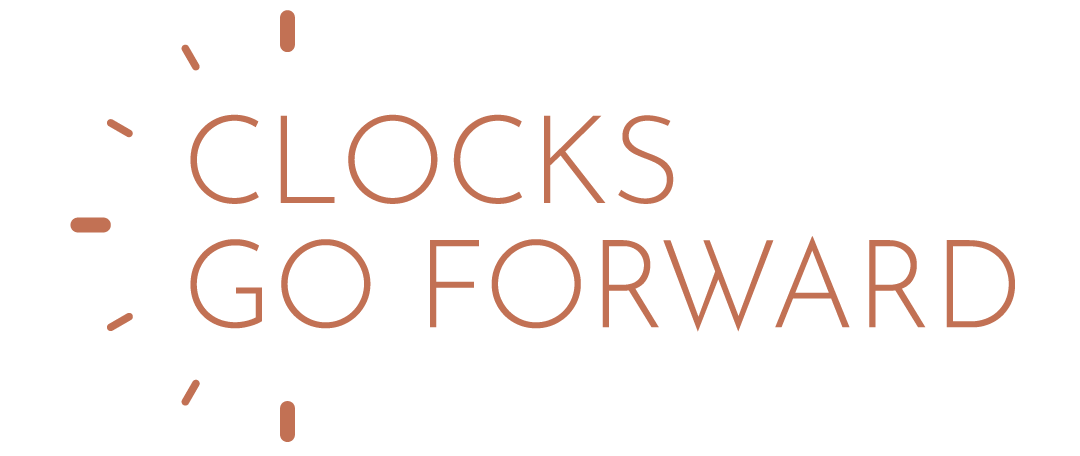What We Can’t Control
We are wired to want to control things. We feel good when we are actively doing something.
However, there are large factors in our lives that simply cannot be controlled. They create a randomness in our lives that we can’t do anything about. We could commit to being the safest driver there is but we can’t control what the other people on the road are going to do, nor the weather conditions, wildlife, or the car blowing a tire.
In order to cope with our world, there is an element of chaos that we have to be okay with. But, when we get stuck in this anxious mode where we feel that we simply HAVE to do something, being told to “calm down” or “let it go” has exactly the opposite effect.
We find this is especially true in finance.
Investing can be terrifying. We can’t control the markets or predict them. We can’t control the economy, foreign relations, or monetary policy. And we certainly can’t control the reactions of millions of people to these market movements.
It’s not surprising that we feel stressed when prices start dropping.
Psychotherapist Britt Frank explains this phenomenon. She says this nervous energy that we feel is the result of our parasympathetic nervous system telling us that something isn’t right. This is our fight or flight response being stuck on “on”.
When this happens, we spend a large amount of time trying to figure out why we feel this way. Britt Frank says that it does not matter. She argues that it doesn’t matter why our body has deemed to tell us that it’s stressed, it just is.
Our response to this signal is what will alleviate the stress. She says the best thing to do is a couple of small things to get it out of your system. She calls these micro yeses. Run on the spot. Stomp your feet as hard and fast as you can. Go outside and yell at the trees.
These seemingly small actions will relieve the stress on your body. It’s essentially telling your nervous system “I have run away from the thing that was making us nervous. We’re good now.”
After hearing this argument, we thought it was a brilliant tactic to incorporate into finance as well.
Incorporating these micro yeses to get the stress out of our system allows us the space to reflect on what we already know. The market fluctuates and it will feel bad in the short term, but we are enduring it for the benefit of our future selves. And our future selves will be worse off if we back out now.
So, the next time that we feel that anxious push to control something uncontrollable, and the advice received is “just calm down”, we can confidently say “no” and do exactly the opposite.
What We Can Control
“Focus on what you can control.”
Though this is great advice, it’s not exactly helpful when we feel stuck. Similar to when you push a door that says “pull” and the person behind you says “you need to pull”. You already know what you have to do, you just haven’t done it yet.
The issue with control is that it’s so easy to get overwhelmed, both by what we can control and what we can’t. As we discussed last week, it’s common to get caught up in the things that are uncontrollable and not know how to let them go.
It’s also common to get so overwhelmed by all the things that ARE in our control that we end up doing nothing. This is what we typically think of as procrastination.
In the world of investing, we feel this on a mental level. There is so much information out there with different strategies and theories and actions we should be taking, that we end up in this overloaded frozen state where all of it seems impossible.
Even if we know what we need to be doing, getting started is the hard part.
To overcome procrastination, Britt Frank recommends what she calls “micro yeses”. These are smaller than baby steps and are designed only to break the nervous system out of its stuck mode, nothing more. When we are stuck in freeze, she says the best thing to do is move. Something as small as changing the position of your head or uncrossing your legs sends the smallest signal to your brain that you are no longer stuck.
From there, pick another micro yes. Put your feet on the floor. Stretch your arms.
According to Britt Frank, the best cure for being frozen is, ironically, cold. Sucking on an ice cube or standing barefoot on something cold shocks your body into action.
From there, it becomes much easier to do what we need to do.
When it comes to finances, it’s easy to become so overwhelmed by all the things we “should” be doing that we end up frozen. So, to get yourself unfrozen, try a few micro yeses. Get moving, get cold, and send us a message! You don’t have to take the next steps alone.
What We Should Focus On
Which part of that was important?
I find this is a familiar question when faced with an overload of information. We get slapped in the face with years’ worth of research and knowledge and come out of it with a string of facts and no idea how to apply them.
Is it any surprise that we get stuck when the internet provides a constant barrage of information about anything and everything?
It’s easy to get paralyzed by the sheer amount of instructions flying our way as well as get so caught up in the millions of details that we don’t do the part that actually matters.
To think about this more fully, it helps to view the brain and the mind as two parts. The brain is the physical muscle that tells our bodies when to breathe and warns us when we’re in danger. The mind is the part that thinks and creates and houses our emotions. This view isn’t at all scientific, but we find it helps make things clearer when examining our behaviour.
The brain’s only goals are to preserve energy and avoid pain. Going for a run, getting outside, doing the dishes or even brushing your teeth are interpreted by our brains as uncomfortable and unnecessary uses of energy. That primal part of our brain is sitting there thinking “how do clean teeth help me not get eaten by a lion?”
However, our mind is the part that thinks ahead and realizes what these actions will do for us in the future. This allows our mind to convince our brain that these are good ideas. We will run now so that if we ever do have to run from a lion, we’re fast. We will brush our teeth now so that we have teeth when we want to eat.
The brain won’t immediately feel the consequences of not doing these things but can somewhat picture what it might feel like in the future.
Investing creates a similar dynamic. Our brain wants to stuff our money in a mattress where it’s safe. It doesn’t want to waste energy on good habits or put money in something that won’t reap benefits for a long time.
However, our mind knows that we will be better off if we commit to these uncomfortable habits now. It can also convince our brain how bad it would feel to have so much less money in the future than we could have had.
Though it’s easy to get lost in the weeds of information overload, we find looking to the future helps clear a path. When we focus on the controllable things and steadily march toward our goals, the weeds just become scenery.







